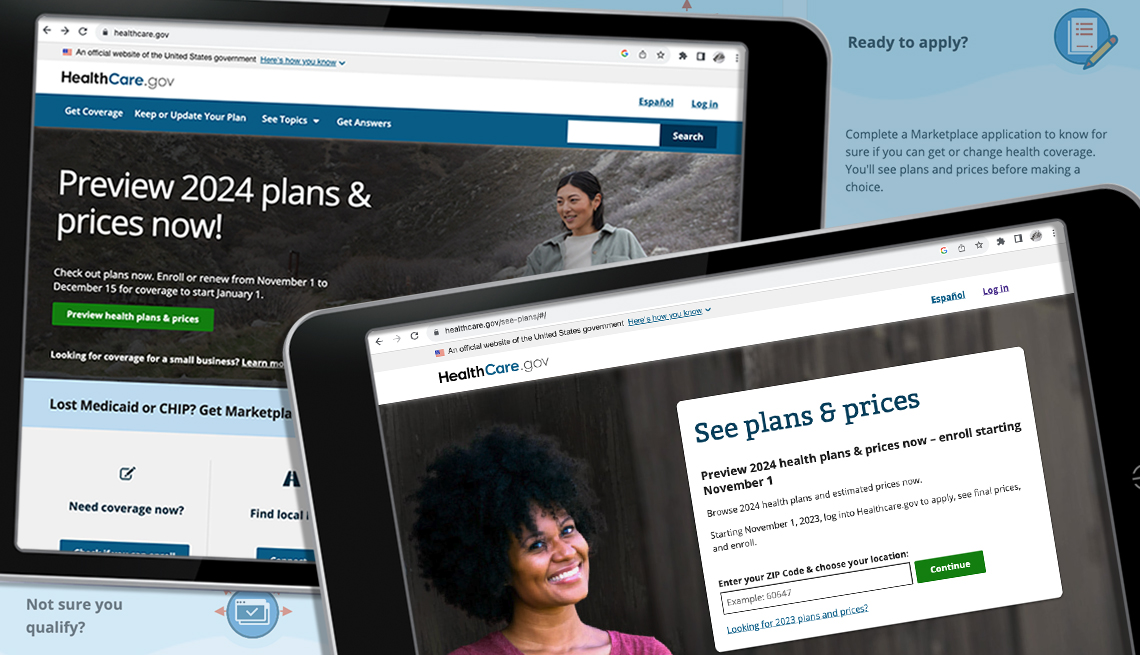
Aca open enrollment ends on jan. 17
- Select a language for the TTS:
- UK English Female
- UK English Male
- US English Female
- US English Male
- Australian Female
- Australian Male
- Language selected: (auto detect) - EN
Play all audios:
The addition of many former Medicaid beneficiaries will likely contribute to another record enrollment in ACA plans, according to KFF. ACA enrollment peaked last year at 15.7 million. WHAT
ACA PLANS COST ACA plans fall into four main categories: bronze, silver, gold and platinum. In general, bronze plans have the lowest monthly premiums and the highest deductibles and copays.
Silver plans are the most popular, with generally moderate premiums and copays. They are designed to provide more coverage of routine health care. Gold plans, in general, have high monthly
premiums and lower out-of-pocket costs for most routine care, and platinum plans come with the highest monthly premiums and lowest out-of-pocket costs for care. For the second straight year,
average monthly premiums in the federal marketplace for the most popular silver-level plans are slated to increase by 4 percent. Actual increases will vary, depending on what plan you
select and where you live. According to a KFF analysis, the rising premium costs can be attributed to inflation and the fact that more people are getting health care that may have been
delayed during the COVID-19 pandemic. KFF experts point out that the premium hike may be somewhat mitigated by less need for COVID-19-related care. Most people won’t be impacted much by
premium increases. About nine out of 10 people are eligible for a federal subsidy, and four out of five consumers should be able to find a health insurance plan with a monthly premium of $10
or less, according to the Centers for Medicare & Medicaid Services (CMS), which administers the ACA. Eligibility for subsidies was expanded in 2021 and will continue through 2025.
Under the expanded financial assistance, people with annual incomes below 150 percent of the federal poverty limit ($21,870 in 2024 for an individual and $45,000 for a family of four) are
eligible for zero-premium coverage, depending on what plan they select. People with incomes between 150 percent and 400 percent of the federal poverty level — up to $58,320 for an individual
and $78,880 for a couple — are eligible for premium subsidies. The amount of the subsidy depends on your income and what health plan you choose. If your income is over 400 percent of the
federal poverty level, you can still get a premium subsidy if your monthly charge for the most popular silver-level plan would be more than 8.5 percent of your income. AARP fought for that
provision to be included in the 2021 American Rescue Plan premium expansion because many older adults who were not eligible for subsidies before faced ACA plan premiums of more than $1,000 a
month. “Higher-income people who have applied for marketplace coverage a few years ago and were told that their income was too high to get a subsidy should reapply,” Cox says. “They may
find that because the income limit on getting a subsidy was removed, they will now qualify for the assistance.”